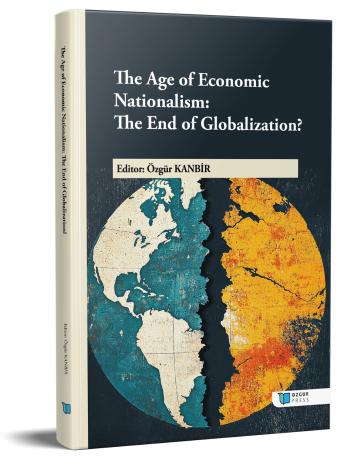
The Economic Policy of The Us-China Trade War
Chapter from the book:
Kanbir,
Ö.
(ed.)
2025.
The Age of Economic Nationalism: The End of Globalization?.
Synopsis
This chapter analyzes the political economy of the US-China trade war, arguing that it is a symptom of a deeper structural imbalance within the US economy rather than a conflict simply caused by China's rise. The central thesis is that the United States suffers from a chronic "low-savings/low-net-investment" paradox, a weakness that has persisted for decades. This structural issue has been masked and enabled by the "exorbitant privilege" of the US dollar's status as the global reserve currency, which allows the US to finance high consumption through persistent trade deficits. The chapter demonstrates that the massive trade deficit with China is a consequence of this dynamic—with China acting as "the world's factory" to meet US demand and recycling its dollar surplus back into the US financial system—not its root cause.
Through an analysis of long-term trade, savings, and investment data, the chapter shows that protectionist tariffs are a flawed policy. They fail to address the underlying savings-investment gap and instead impose costs directly on American consumers and producers via price increases. Furthermore, the chapter highlights the phenomenon of "trade diversion," where the deficit has not been eliminated but has merely shifted to other partners like Mexico and the European Union, proving the ineffectiveness of the tariffs. Ultimately, the chapter concludes that the trade war represents a painful acknowledgment that the dollar-centric global system has become unsustainable for the US itself, transforming the old adage "the dollar is our currency, but your problem" into a new reality where the dollar is now America's problem as well.

